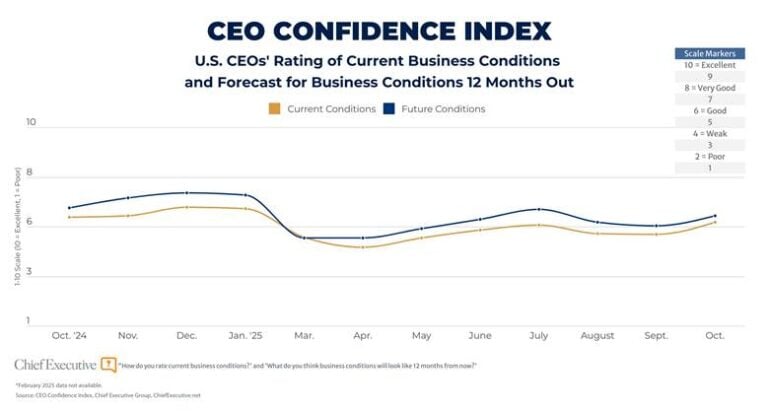
Great leadership teams function as dynamic systems – living, breathing organisms that have characteristics that transcend those of its individual members. Much like a physical system (i.e., car engine) or a biological system (i.e., human body), the components of a leadership team system are influenced by the environments in which they exist and affect each other sometimes constructively and other times in unintended or undesirable ways. Dynamic systems are complex which explains why it is such hard work to evolve a group of individual executives to an integrated body that leverages their unique talents and experience for the benefit of the organization they serve.
In our view there are four primary components of a leadership team system – (1) structure; (2) relational dynamics; (3) formal team leadership; and (4) the environment in which the team operates.
While challenging, leadership teams can optimize their effectiveness only when they are able to take a ‘systems view’ of the team and fully recognize the interactions of these components.
Structure: We define structure as the arrangement and organization of the tangible elements of a leadership team – collective purpose, role integration, and communication. New heights can be reached when a leadership team agrees and commits to a common purpose ‘for this team at this particular juncture’ and gains clarity on how the team will integrate to achieve the purpose. Communication (i.e., meeting management and processes) can serve as glue to ensure that a team executes efficiently.
How a leadership team is structured can have a profound impact on the system. For example, the leadership team of a young, fast-growing organization where everyone has been used to ‘rolling up their sleeves’ may be challenged by the introduction of new processes or meeting regimen. The team may feel like they are losing autonomy which could chip away at trust in the formal leader or those who embrace the new structure.
Relational Dynamics: A leadership team’s relational dynamics include elements (trust – productive dialogue – accountability) that help foster a productive and healthy work environment. Trust is the foundational element for building a great leadership team as it enables teams to challenge and debate productively and hold each other accountable.
As illustrated in the example above, a leadership team’s relational dynamics are impacted by how a team is structured (e.g., too much structure too fast can stifle autonomy and lead to relational strife). The opposite is also true; strong relational dynamics can foster the patience required for new structure to be implemented (e.g., team members trust the intentions of the leader and as a result are better able to adapt to a changing environment).
Formal Team Leadership: The role of the formal team leader (CEO, President, GM) is to establish the conditions that help a leadership team thrive in the environment in which it is working. All team leaders come with their own skills, styles, experience and biases but the best are able to adapt and position their team’s for success in the current environment. For example, a leader who has a strong preference for measurement (and who has had prior success with this preference) but recognizes that a previous toxic environment has led to diminished trust in the metrics and among team members will adapt and deploy a more learning-oriented approach.
While it is not easy to build a leadership team that functions on all cylinders, the benefits can be dramatic for the team and, more importantly, for the organization it serves. Below are some statements that characterizes how members of a leadership team behave when they are operating as an effective system…
• Team members recognize that their actions impact their colleagues directly or indirectly and they think through and coordinate how to mitigate any potential negative or unintended consequences.
• Team members value the diversity of skills, styles and experience of their colleagues. They embrace differences and work hard to ensure that their skills and styles evolve to meet the needs of the team.
• The success of the team depends not just on how each team member plays his or her individual role but how they integrate on important priorities (and stay of each other’s’ way when there is no need to integrate).
• Team members are not passive observers; they recognize that they play a role (sometimes small and sometimes large) in any challenges the team confronts or any successes the team achieves.
• Team members address dysfunction. They won’t let the team’s weakest links – toxic individuals, damaged relationships, poor structure or process – define the team or get in the way of achieving results.




0

1:00 - 5:00 pm
Over 70% of Executives Surveyed Agree: Many Strategic Planning Efforts Lack Systematic Approach Tips for Enhancing Your Strategic Planning Process
Executives expressed frustration with their current strategic planning process. Issues include:
Steve Rutan and Denise Harrison have put together an afternoon workshop that will provide the tools you need to address these concerns. They have worked with hundreds of executives to develop a systematic approach that will enable your team to make better decisions during strategic planning. Steve and Denise will walk you through exercises for prioritizing your lists and steps that will reset and reinvigorate your process. This will be a hands-on workshop that will enable you to think about your business as you use the tools that are being presented. If you are ready for a Strategic Planning tune-up, select this workshop in your registration form. The additional fee of $695 will be added to your total.

2:00 - 5:00 pm
Female leaders face the same issues all leaders do, but they often face additional challenges too. In this peer session, we will facilitate a discussion of best practices and how to overcome common barriers to help women leaders be more effective within and outside their organizations.
Limited space available.

10:30 - 5:00 pm
General’s Retreat at Hermitage Golf Course
Sponsored by UBS
General’s Retreat, built in 1986 with architect Gary Roger Baird, has been voted the “Best Golf Course in Nashville” and is a “must play” when visiting the Nashville, Tennessee area. With the beautiful setting along the Cumberland River, golfers of all capabilities will thoroughly enjoy the golf, scenery and hospitality.
The golf outing fee includes transportation to and from the hotel, greens/cart fees, use of practice facilities, and boxed lunch. The bus will leave the hotel at 10:30 am for a noon shotgun start and return to the hotel after the cocktail reception following the completion of the round.